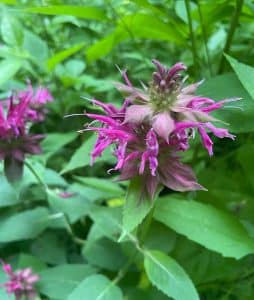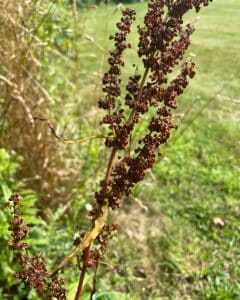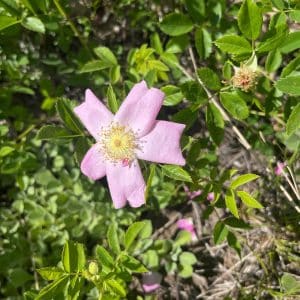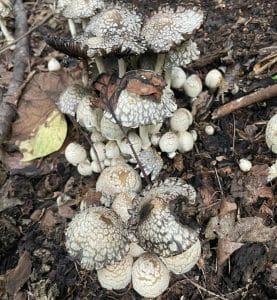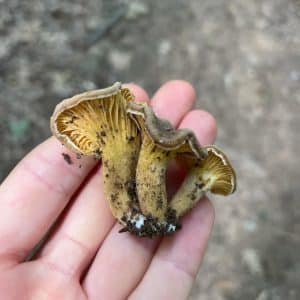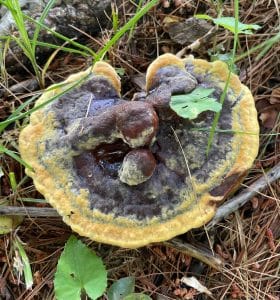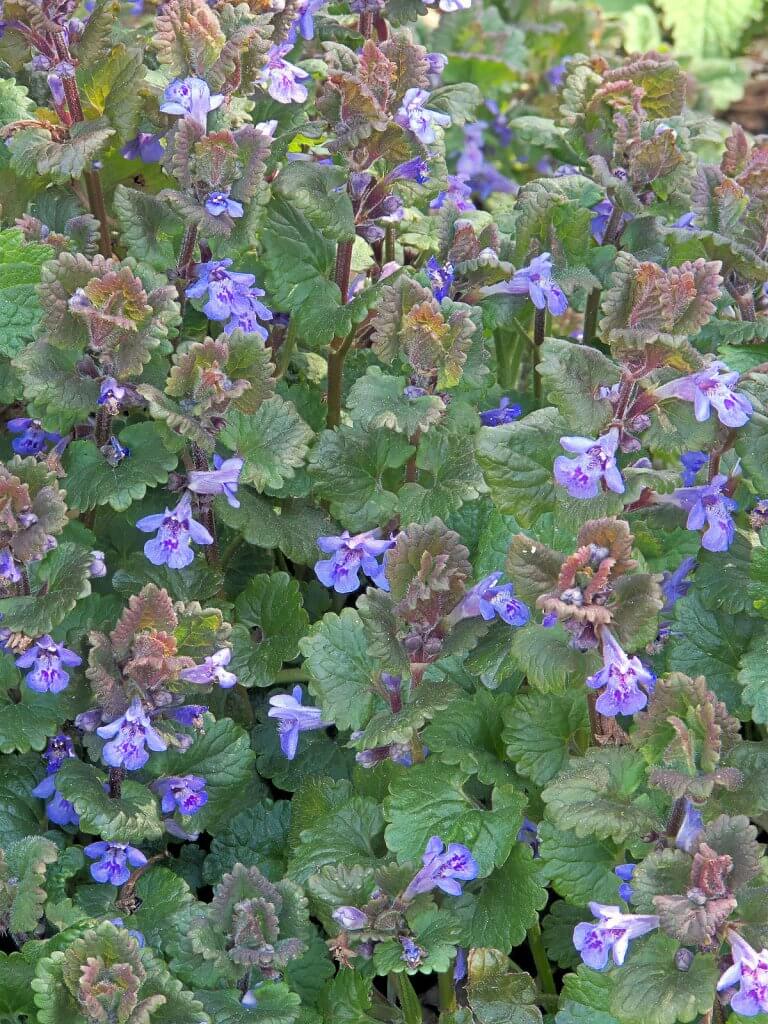
(Source: Rasbak/Wikimedia Commons)
Despite its name, ground ivy (Glechoma Hederacea) is actually not related to the true ivy. Instead, it’s actually a member of the mint family. This aromatic, evergreen plant grows perennially is many parts of the world. Native to Europe and Western Asia, it was carried over to North America by the settlers.
In North America, this plant eventually naturalizes and spreads around the continent. It’s often considered an invasive weed in many parts of North America. You might even find this plant growing and slowly taking over your lawn. While you might be tempted to pull them out, you might want to refrain from doing so. Because it’s actually a valuable wild edible that holds numerous medicinal and culinary uses.
Edibility and culinary use
This evergreen plant is a wonderful source of wild edible all year long. Much like the true ivy, this plant remains green even throughout winter. The leaves are edible and they have a strong but pleasant minty flavor. This flavor becomes stronger as the leaves mature. For that reason, stick to younger leaves for dishes that only need a slight flavor punch like salads, soups, and stir-fried dishes. On the other hand, older leaves taste better as an herbal tea.
Alternatively, if you love brewing beer, you can use ground ivy as a substitute for hops. Back in the day, the Saxons used to make ground ivy ale before they started using hops to flavor and clarify their beer.
Health benefits
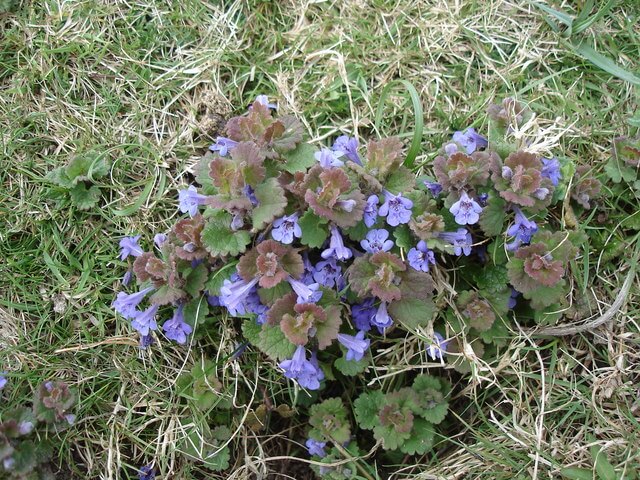
(Source: Ian Cunliffe/Wikimedia Commons)
Ground ivy has been gaining attention from the medical community as of late. This plant possesses many natural medicinal properties. Scientists are even conducting research to figure out more about this plant’s potential as a cure for bronchitis, leukemia, cancer, and HIV.
While the results are still not out for those conditions, ground ivy has been proven to help treat digestive problems, indigestion, acid reflux, gastritis, and diarrhea. It’s also beneficial for promoting healthy liver and kidney functions. Additionally, this herb can relieve throat and chest problems as well as headaches and migraines. Lastly, you can also apply ground ivy onto your skin to treat wounds, ulcers, and other skin problems.
To get its medicinal benefits, you can consume ground ivy by boiling fresh leaves to make herbal tea or juicing them. Alternatively, you can also dry the leaves and crush them to make a powder. The powdered form is just as effective and it will last longer in storage. This herb is well-tolerated by most people and can even be administered to young children.
Cultivation
Even though most people consider ground ivy as an invasive weed, it can actually be a very attractive groundcover plant. The round, lobed leaves of this plant look elegant and its violet blooms will definitely brighten up any garden in the spring.
If you’re interested in cultivating this plant in your lawn, then you’re in luck. This plant is very easy to grow and maintain.Ground ivy thrives is shaded areas, making it perfect to grow in areas where other plants refuse to germinate. This plant also prefers a loamy and moist soil, so remember to water this plant often.
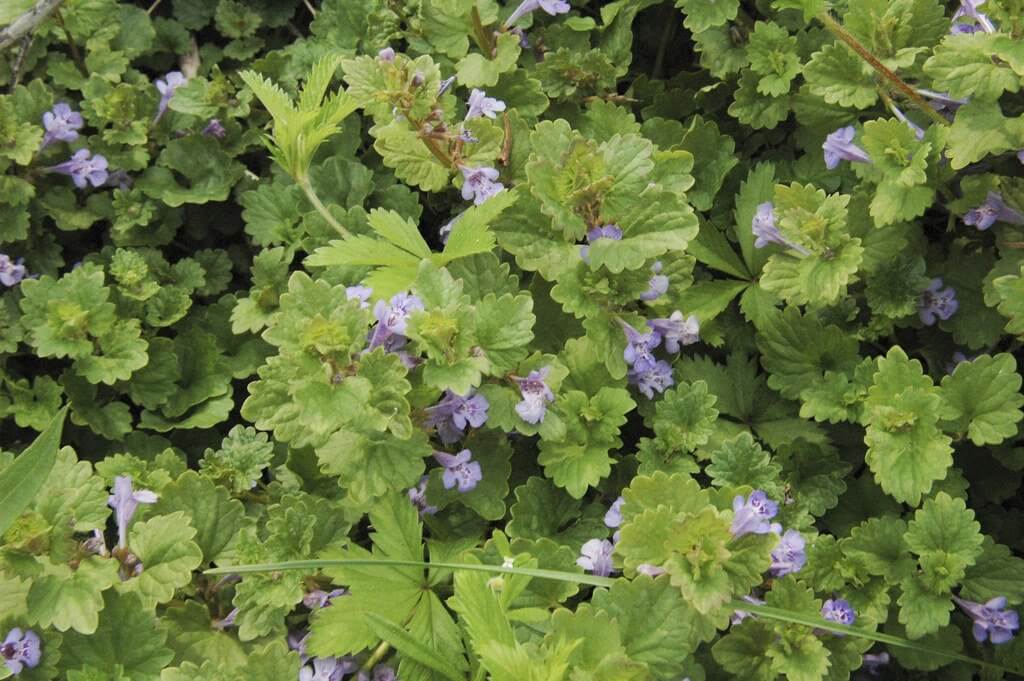
(Source: Frank Mayfield/Flickr)
You should be able to find young ivy plants as a starter to grow in your lawn from your local nursery. Before planting ground ivy, you need to water the soil thoroughly. Young ivy plants will grow nicely in a moist soil. Place the plants about 12” apart from each other to avoid overcrowding. Avoid fertilizing them for their first 3 months. After the plants have established themselves in your garden, you can fertilize them every 2 months to boost its growth.
Then, don’t forget to control the ivy’s growth. Remember that this plant grows very rapidly. Prune and pull the plants out as needed so they don’t take over your entire garden or spread freely into the local ecosystem.
Cautions
Ground ivy is generally safe to consume in small doses. But beware, overconsumption may irritate the stomach, intestines, kidneys, and liver.
Pregnant women should avoid consuming this plant since it can induce a miscarriage. There are also some concerns that consuming ground ivy may trigger and worsen epilepsy seizures. Lastly, people with kidney diseases should also avoid this edible as it might worsen the symptoms.
Remember, as with many other wild edibles, you should consult your doctor before including ground ivy into your daily diet.
Conclusion
Despite its bad reputation as an invasive weed, ground ivy is actually a fantastic plant. As an evergreen groundcover plant, it can instantly transform your garden into a lush and beautiful paradise. At the same time, it can also provide you with some delicious and nutritious greens. Aside from its strong and delectable flavor, ground ivy’s medicinal properties are undoubtedly amazing.
---------------
Writen by Cornelia Tjandra
Cornelia is a freelance writer with a passion for bringing words to life and sharing useful information with the world. Her educational background in natural science and social issues has given her a broad base to approach various topics with ease. Learn more about her writing services on Upwork.com or contact her directly by email at cornelia.tjandra@gmail.com
Many of our readers find that subscribing to Eat The Planet is the best way to make sure they don't miss any of our valuable information about wild edibles.
See our privacy policy for more information about ads on this site

